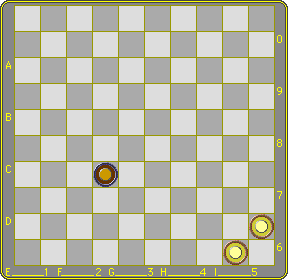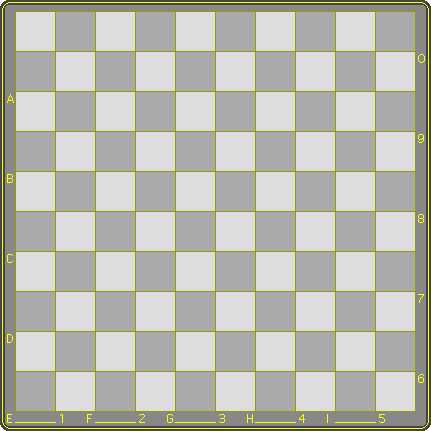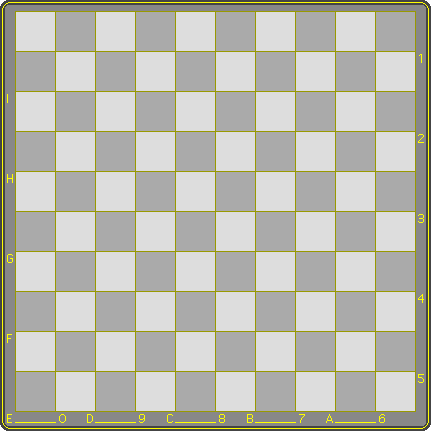Page 4 of 4
|
||||||
| (4) If a man reaches the backrow in a capture, but is in a position to proceed its capture, and the capture ends not on the backrow but in the field, there are basically three rule options: |
||||||
The first option is used in Checkers, the second in Shashki and the third in International Draughts. To be fair, (3) isn't open to Checkers because it has no backwards capture. Yet it doesn't choose (2) but settles for (1). Why? |
||||||
| We don't know of course, maybe it never came up. But if it was a concious choice at some point, the reason to prefer one over the other couldn't have been 'game technical', because both would result Checkers, albeit in slightly different forms, but in all probability equally interesting. So it may have been a matter of etiquette: you don't change a position during a move, and subsequently act on it in the same turn. Unless you're russian, and they definitely made a concious choice. Let's therefore emphasize that there's nothing wrong with it in a game technical sense. In Shashki a piece that reaches the back rank in a capture is promoted immediately and proceeds as king in the same turn. The Shashki king is long, so the turbo boost may lead to very interesting patterns of capture. The russians are quite fond of it too. Shashki is quite often introduced as a trade off: it has no precedence of majority capture, but it has a flying king. That may give it its moments of magnificence, but as a 'mental weapon' it lacks the measure of control of International Draughts, not to mention the simplicity of (3). |
||||||
 |
||||||
| (5) If those involved in establishing the definite rules at the end of the 19th century would have declared that a capturing move should end on the first vacant square after the last captured piece, then Draughts probably would have no problem today, regarding the number of draws. The rule is generic, concentrating on the nature of the move rather than the piece making it, but its net effect would be the introduction of the 'Thai king'. And the diagram illustrates that a Thai king can be captured with only two kings. But they didn't because there was as yet no problem in sight regarding the number draws at top level. Why introduce an extra rule? We have the benefit of hindsight. This simple rule would have slightly reduced the king's offensive powers, while significantly reducing its defensive power. Theory would have followed different but very similar paths, and in all probability the same heroes would have emerged. But they wouldn't have ended up playing draws against one another at top level. |
||||||
|
Conclusion You can't regain what went down the drain. The rule is simple, but its consequences affect not only positions involving kings, but also positions involving possible kings. In short, all endgame theory would have to be rewritten, and most of the middle game theory. That's a no go. It should have been done then, it can't be done now. |






